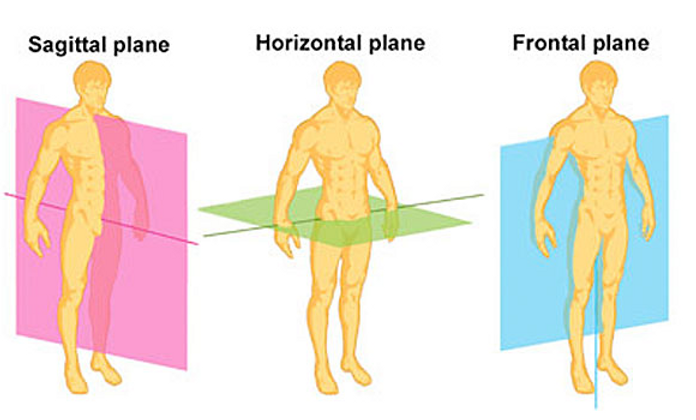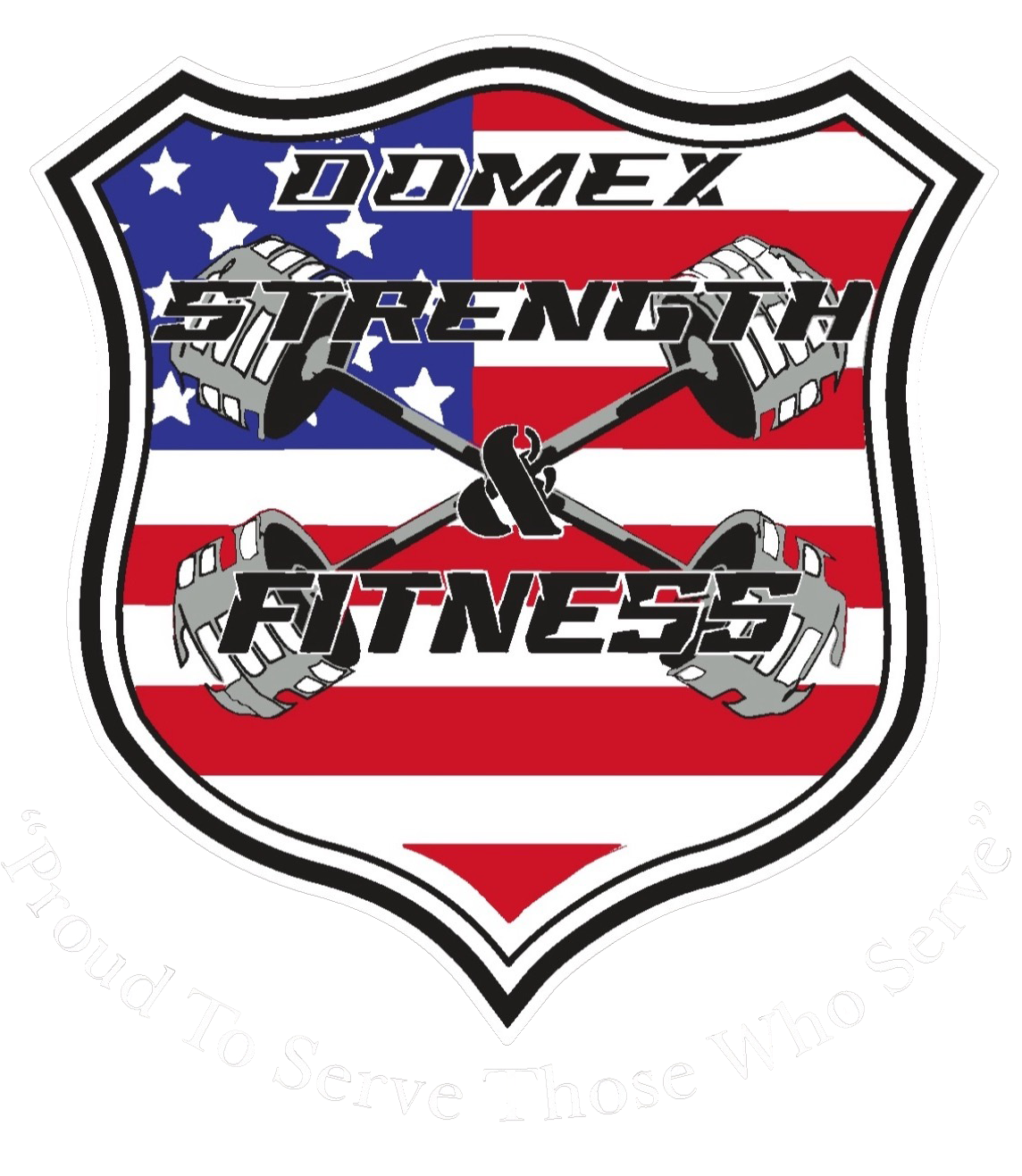Our Location
El Paso, TexasOur Location
El Paso, TexasOnline Support
info@domexstrengthandfitness.comFree Contact
+1 123 1234 123Improve your physical abilities with a program specifically designed to build muscle, aka- Hypertrophy, which will give you added confidence and improve your command presence during performance of your duties.
A tactical athlete is a first responder – law officers, firefighters and those in the military – that needs to possess the athletic prowess to perform optimally day in and day out within their job description. No matter what the first responder’s current assignment is, training as a tactical athlete will contribute to optimal performance and career longevity.
Strength and conditioning is paramount in order to elicit premium physiological adaptations that will result in becoming a better public servant, for themselves, their co-workers and the community they serve. They need to exhibit feats of: strength, power, muscular endurance, aerobic capacity, anaerobic capacity, flexibility, stability and mobility through everyday functional movements to aid in better human performance.
Whether you’re a tactical athlete, planning to become one or just want to train like one, we have the right program for you.
Without a doubt, having a desirable amount of lean body mass and well-developed muscle will assist in your daily duties and give you added confidence and command presence, contributing to optimal performance and career longevity. Hypertrophy is crucial for the tactical athlete who finds themselves lifting and moving external loads or resistive forces repeated times throughout their daily jobs. Developing sufficient muscle through a hypertrophy routine would be accomplished through performing submaximal contractions and repetitions with a certain force or object. An example would be to conduct a bench press, squat or bicep curl for generally 8-12 repetitions. This repetition count correlates to an intensity of approximately 67-80 % of your One Repetition Maximum (1RM).
Furthermore, the exact rest periods are programmed into this four-week program which will keep you focused on building the physiological adaptations of hypertrophy or building good quality muscle. By building hypertrophy or adding new muscle growth, you will make the physiological adaptations that will improve your anaerobic metabolism. In a hypertrophy routine, the volume is high and the intensity is low to moderate, whereas in a strength and power routine, the volume is low to moderate but the intensity is high. Training for hypertrophy will mitigate an individual’s risk for musculoskeletal injury or MSK. When beginning this program and progressing through same, your strength will improve and the eventual addition of weight added to your routine will increase.
Are you ready to add quality and noticeable muscle for the at command presence?
HYPERTROPHY PROGRAM • $39.99
Now that the job description and role of a ‘tactical athlete” is clearly defined, and why muscular endurance is needed for the tactical athlete, then how does an individual train like a “tactical athlete?”
Conducting training based upon a tactical athlete’s job description entails devising a program design for what they do through utilizing the three anatomical planes of human movement. Training this way makes the tactical operator better equipped to successfully conquer any physically demanding task they encounter. Not only does this accomplish these objectives but equally important, assists the operator in aiding them in preventing Musculoskeletal (MSK) injuries. The three anatomical planes of human movement are the following:
(A) Sagittal plane which separates the left and right sides of the body
(B) Frontal plane which separates the anterior and posterior of the body.
(C) Transverse plane which separates the upper (superior) and lower (inferior) halves of the body

A “tactical athlete” should center their training and take into account all three anatomical planes of movement. This is not an all-inclusive list but rather a representative sample of the desired movement patterns in order to elicit optimal physical performance.
Resistance Training Exercise Techniques
Bench press, deadlift, squat, Romanian Deadlift and several more with the purchase of the program.
Bodyweight Exercises
Pull/Chin-ups, push-ups, planks and several more with the purchase of this program.
HYPERTROPHY PROGRAM • $39.99
Our program’s design consists of a sample basic weekly workout with the goal of aerobic conditioning and addresses the recommended frequencies or volume and how many days/times each modality is programmed. The methods used will be either running, rucking or swimming. The aerobic portion can be divided into the following segments which include: Long Slow Distance (LSD), pace/tempo and interval running.
If muscle building is paramount, this program is for you.

Dan has always eagerly provided us with the answers. Dan has always provided the scientific backed evidence to corroborate the information that he has given to us. He passionately loves educating and coaching strength and conditioning to tactical athletes and furthermore, he is extremely devoted to the law enforcement community because he personally knows the requirements which produces targeted results based upon his several years as a tactical athlete himself.

Training by my own design without Coach Dan, I would have run myself into the ground. Coach Dan was able to alter my workouts on the spot with no advanced notice so that I stayed healthy and conditioned. Other times, he identified problems I was not aware of and then helped me to fix those problems.

This program has opened my eyes to the importance of conditioning and body weight exercises which are critical to the PT Test. I have seen an improvement in my overall strength and an increase in my endurance.
